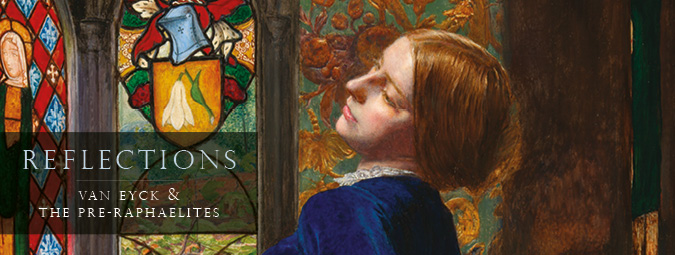Gallery and Academy
The National Gallery was founded in 1824 but did not have its own building until 1838 when the long building with its central portico designed by William Wilkins was first opened in Trafalgar Square. However, the Gallery did not occupy the whole building. Then only one room deep, paintings were hung in the rooms to the east of the Portico while the Royal Academy with its Schools for budding artists was housed in the rooms to the west. The Royal Academy remained there until it moved to its present home in Piccadilly in 1869.
It was common elsewhere in Europe for an art gallery to share premises with an academy for artists so that studying and copying works in the collection could inform their training and development. It was important to provide paintings of acknowledged quality, and by 1840 the National Gallery was fortunate to have acquired works by masters such as Raphael, Claude, and Correggio. It was a simple matter for the young artists to cross from one part of the building to the other to view them. Copies by young artists after National Gallery paintings survive, including a number by one of the founders of the Pre-Raphaelite Brotherhood, William Holman Hunt.
In 1842, however, the National Gallery acquired a work that was completely different in style and subject matter, above all in its meticulous oil painting technique, brilliant colour, and extraordinary rendering of reflected light: Jan van Eyck’s Arnolfini Portrait.

